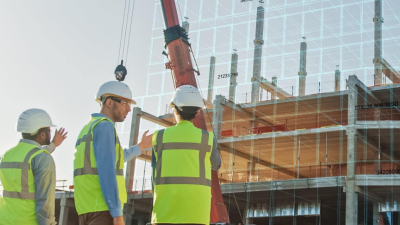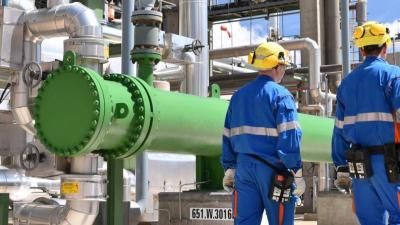
New technologies to improve health and safety performance
Discovering Safety joins forces with Safetytech Accelerator to build a Smarter Regulation Sandbox.
This page is approximately a 3 minute read
This page was published on

Introduction
Workplace accidents can lead to significant harm to workers, their families, and in some cases the wider population and environment as a whole. Employers who recognise the value of a safe workplace environment, implement safety interventions to mitigate both the risk of accidents occurring, and any impacts that arise from those accidents. However, safety interventions are typically often limited by budget and decision makers can be poorly informed due a clack of clear information. There is a need to develop a clear mechanism to determine the value of safety and associated interventions, alongside standardised methods to measure this value as a way of demonstrating value to employers and to drive the maximum return on investment.
What we looked at
Lloyd's Register Foundation wanted to understand how safety is currently valued across different industries and sectors. Specifically, what they consider, and how they consider it, when thinking about the impact and benefits of safety, both in a general sense and related to safety interventions. To develop this understanding, we wanted to see what values have been discussed in the literature and by talking to practitioners, and then to look at the methods used to measure those values and whether they are fit for purpose.
What we did
We commissioned Delft University of Technology (TU Delft) to undertake the first stage of this work. The team, led by Dr Ming Yang and Dr Genserik Reniers, assessed the status and effectiveness of current methods to value safety and explored opportunities to make improvements where needed. Through a literature review and bibliometric analysis, followed by a questionnaire survey they investigated what values have been looked at to date, and how those values are measured currently.
The full report is available from the TUDelft website.
What we’ve learnt
The work confirmed that safety has multiple values attached to it, that these vary between different organisations, sectors and countries, and that they can change over time (for example, the environment is increasingly important to wider society, which is likely to increase the importance of the environmental value of safety). It found that health values have gained the most attention to date (but physical health, rather than mental health) followed by economic and environmental values. The figure below shows the relative attention the different values have received in the literature and questionnaire.
Furthermore, the authors found that there are gaps in the existing research on how safety is valued (for example mental health, sustainability) and in addition, that the methods available to measure values are limited.
What did the authors recommend?
Based on their findings the authors suggested the following recommendations for employers and practitioners:
Who have we worked with?
In September 2021, the Foundation convened a workshop with stakeholders (practitioners, regulators, non-governmental organisations, and academics) to validate the emerging findings of the report, and to highlight existing knowledge gaps. The workshop concluded that:
Further work in this area was strongly supported by the participants in the workshop.
What we’re doing next
The Foundation is co-funding a project at the National Safety Council in the United States on the next phase of this work. Stage two will bring together stakeholders from a wide range of perspectives, aiming to develop practical guides and/or toolkits to support the valuation of safety, including example policies, procedures, metrics, case studies, and other useful material for creating and sustaining change. Information on the new project is available here.